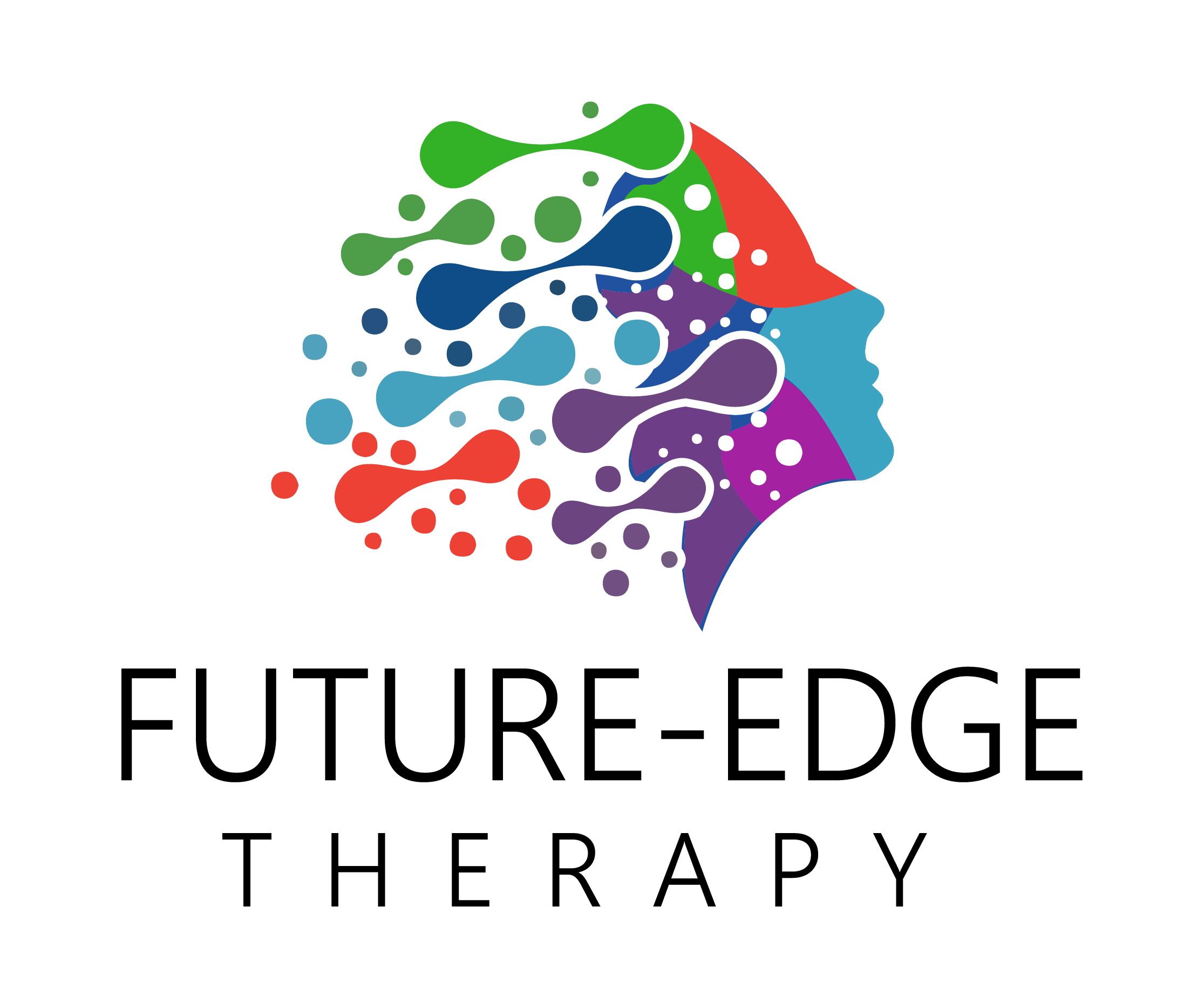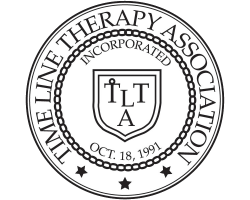Hypnosis allows you to see and deal with significant events and feelings, removes beliefs about yourself from the past and helps you to visualise a better future or way forward. Hypnosis can help you search for an answer or solve a problem you may have. It uses relaxation techniques followed by hypnotic suggestions to help you learn to control your thoughts and emotions.
Hypnosis can leave you feeling refreshed with a peaceful and clear mind which empowers you to feel better about yourself. It allows you to fix yourself as your body always knows what it inherently needs.
Hypnosis helps to:
Break bad habits by changing your thought process. It takes away the emotional connection you have created with the habit and makes it into a positive one. An example of this is smoking.
Find individual personal triggers. What was the trigger to an event in the past that affects the present? Everyone is different, everyone has their own vice, but once we discover the trigger, each session and suggestion will be targeted and planned. An example of this is being overweight.
Release fear from a negative experience or hearing about someone who has had a negative experience. Once the brain is programmed to believe this fear it runs in this mode. Hypnosis can help to rewire the brain using neuro-linguistic programming (NLP) which helps the brain “rewire” certain thought processes. An example of this could be going to the dentist, having to have an injection or the fear of flying.
Helps provide positive suggestions to help cope with symptoms such as headaches, upset stomach, nervousness, loss of motivation or emotions. An example of this can be dealing with grief or loss.
Identify the root cause of stress or anxiety, whether it be situational, physical, or based on an issue from the past. The subconscious mind is what makes you feel anxious and drives bad habits. Often the problem isn’t what it seems. An example of this could be nail biting. Nail-biting isn’t usually the problem, it’s the anxiety which is in the mind. Finding the trigger in the mind usually resolves the problem quickly.
Improving work related, personal or athletic performance. Eliminating negative thoughts, de-stressing and relaxing the mind and body, helps with focus and concentration which increases your ability to be in the performance zone. Mental training increases confidence, consistency, and ability. An example of this could be working on a new project, stepping up into a new leadership role or aiming for the next level in your sport.
 7 ways to combat anxiety - Free ebook
7 ways to combat anxiety - Free ebook











